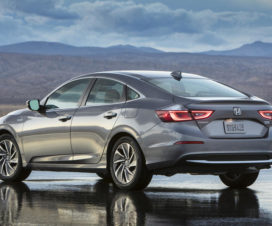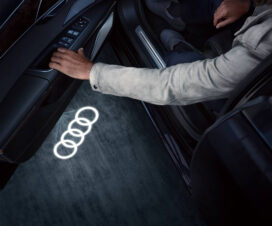 |
If you looked up used cars you would probably be left feeling confused because of the sheer amount of choice. Car owners typically change cars every 5 years or so which means there are tons and tons of used cars available for sale.
It is vital to keep your needs in mind while evaluating each car on offer, making sure the seller is genuine and the car is in the condition described so that you are not left with a huge repair bill after you make the purchase. Sites like vehiclereport.me give you a brief history of a vehicle and helps you choose the right deal.
You can always use a service like CarSwitch that helps you get the car you want without jumping through so many hoops. Or, you could always do your own due diligence if you have the time and are willing to put in that amount of effort.
Here are the 9 things you should keep in mind to pick the best deal
1. Evaluate your needs
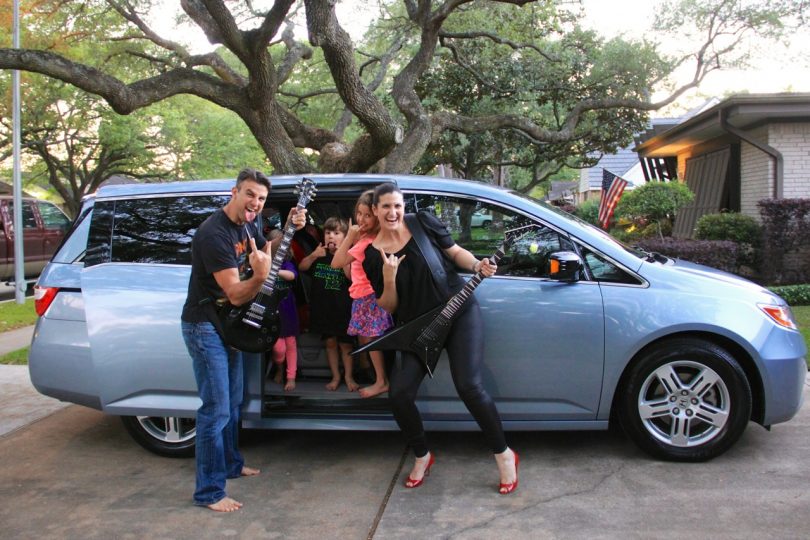
img source: huffingtonpost.com
Do you need a car to commute to work or is it for the entire family? Are you looking at German, American or Japanese cars? Do you want a luxury or a non-luxury car? Some of these questions will help you narrow down what you are looking for. Once you do that, filter out all the cars that don’t meet your requirements.
2. Authorized websites and dealers

img source: groupeditors.com
Buying a car, even a pre-owned car, is a big deal. You want to make sure you are dealing with a genuine buyer who is not going to scam you. To get the best value, only look up cars on authorized websites or go to an authorized dealer from buyherepayhere.io. This will ensure that the car you are going to buy is in pristine condition and you get a warranty of some sort and that the car is safe to drive.
3. Check the car
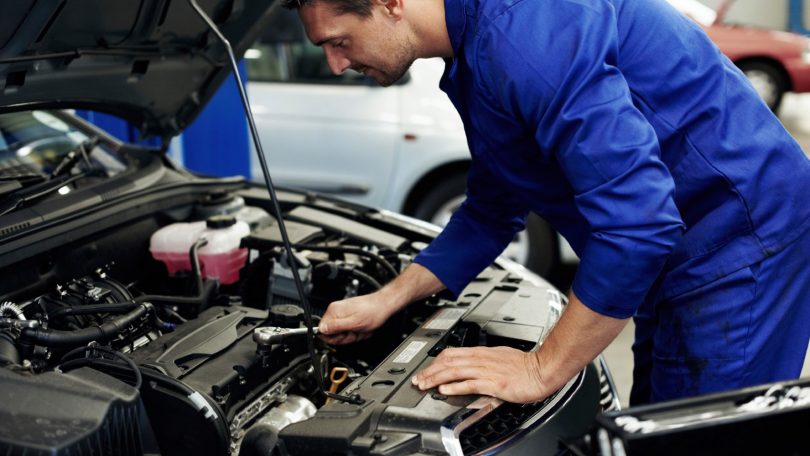
img source: medium.com
There are about 145 checks that need to be carried out to ensure the car is a good condition. If this is not something you can do, take the car to an authorized dealer or visit the RTA. Test drive the car before you consider making an offer on it. You can always ask the seller to make some minor repairs and also ensure that there aren’t any major issues after you buy the car. You should also look for dents, scratches and go through the service and accident history. You can ask for a lower price if there have been any accidents in the past.
4. Mileage
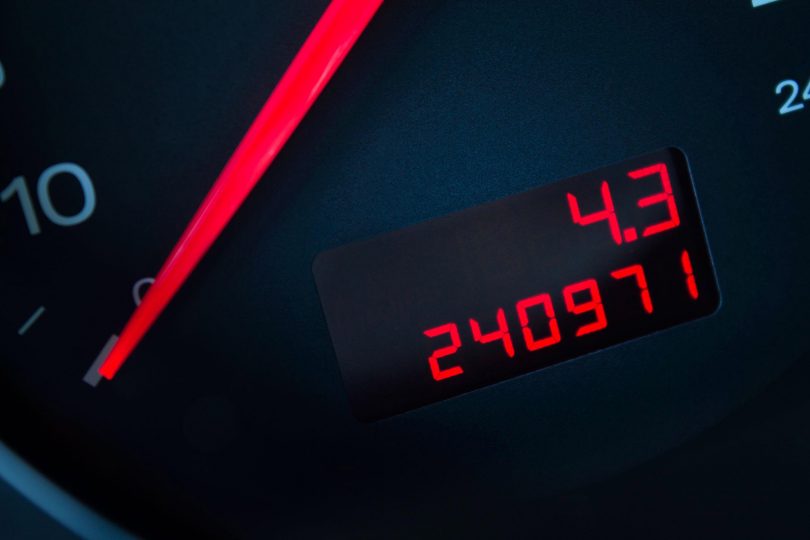
img source: berlincity.com
Mileage below 130,000 km is usually considered healthy. If it is above that, you can cut down on the asking price.
5. Look for leaks
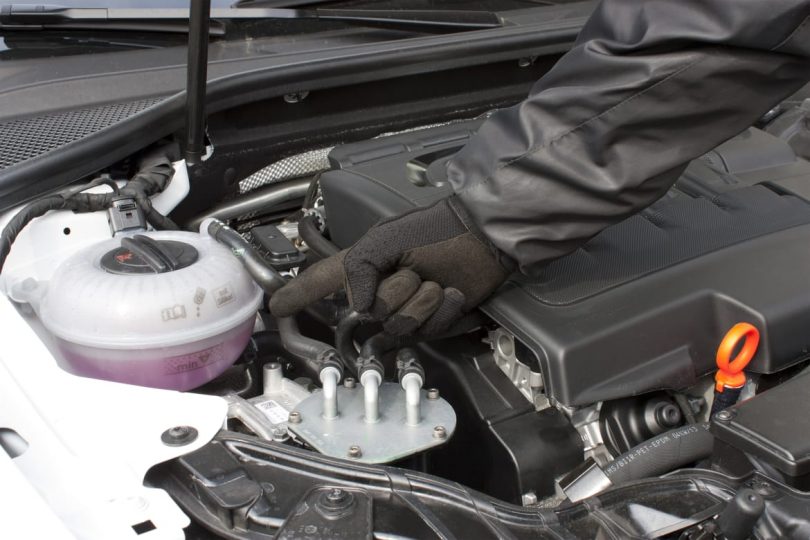
img source: carsdn.co
Any dark brown stains on the engine block should raise red flags. Check the vehicle for rust as well.
6. Wait it out

img source: pxhere.com
You may be looking at your dream car but you can always get a better price by waiting it out. People are more likely to lower the price if the car has not been sold immediately.
7. Seller profile

img source: brightedge.com
If you’re doing the buying on your own, you want to make sure that the seller is genuine. Never meet someone at their home. Always opt to meet a public place and bring someone with you.
8. Maintenance Costs
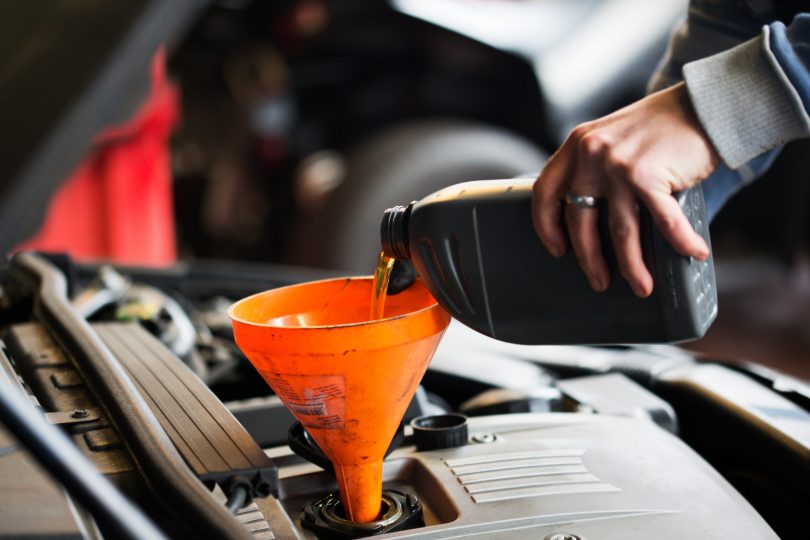
img source: cargurus.com
The cost to maintain an older, outdated model is far more than getting a relatively newer model with more mileage.
9. Technology
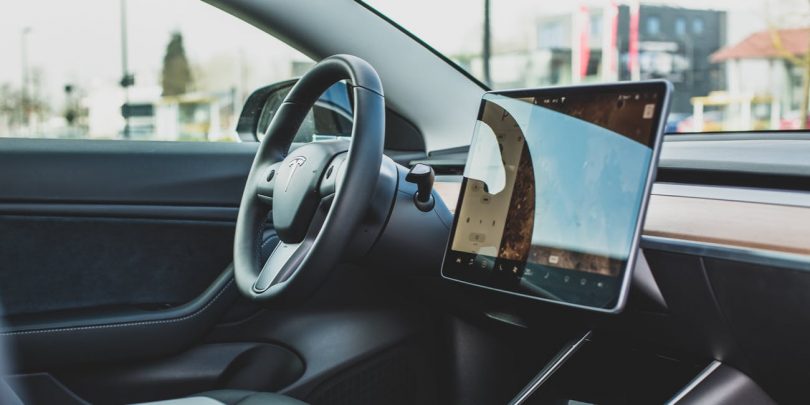
img source: imgix.net
An older luxury car may not have the latest technology than a relatively newer non-luxury car might have. If technology matters to you, you should most definitely choose a newer model.
Above all, don’t compromise. Unless you are in a rush to buy, it is always good to be patient instead of compromising your needs.
Courtesy Of JDBNOW

